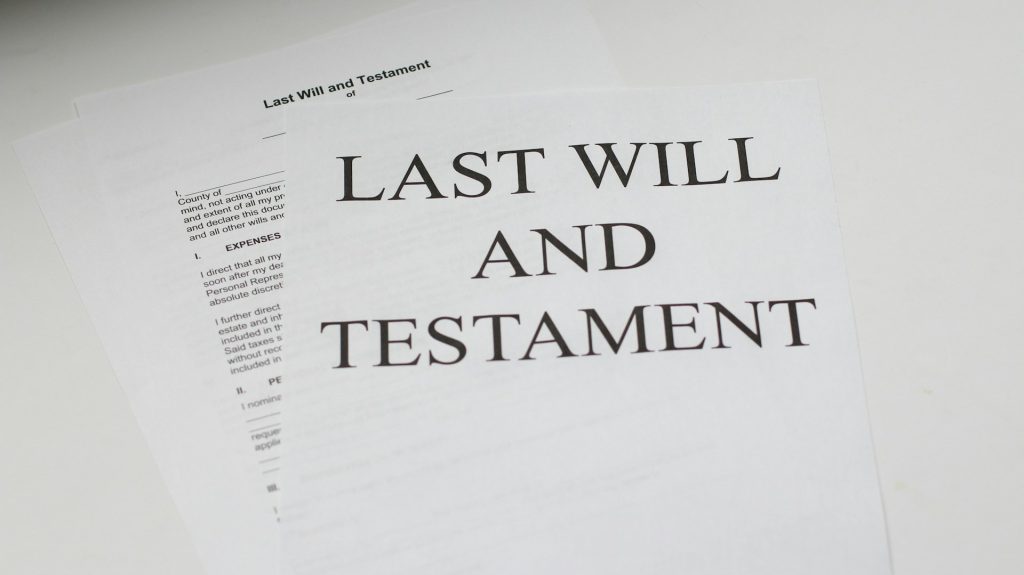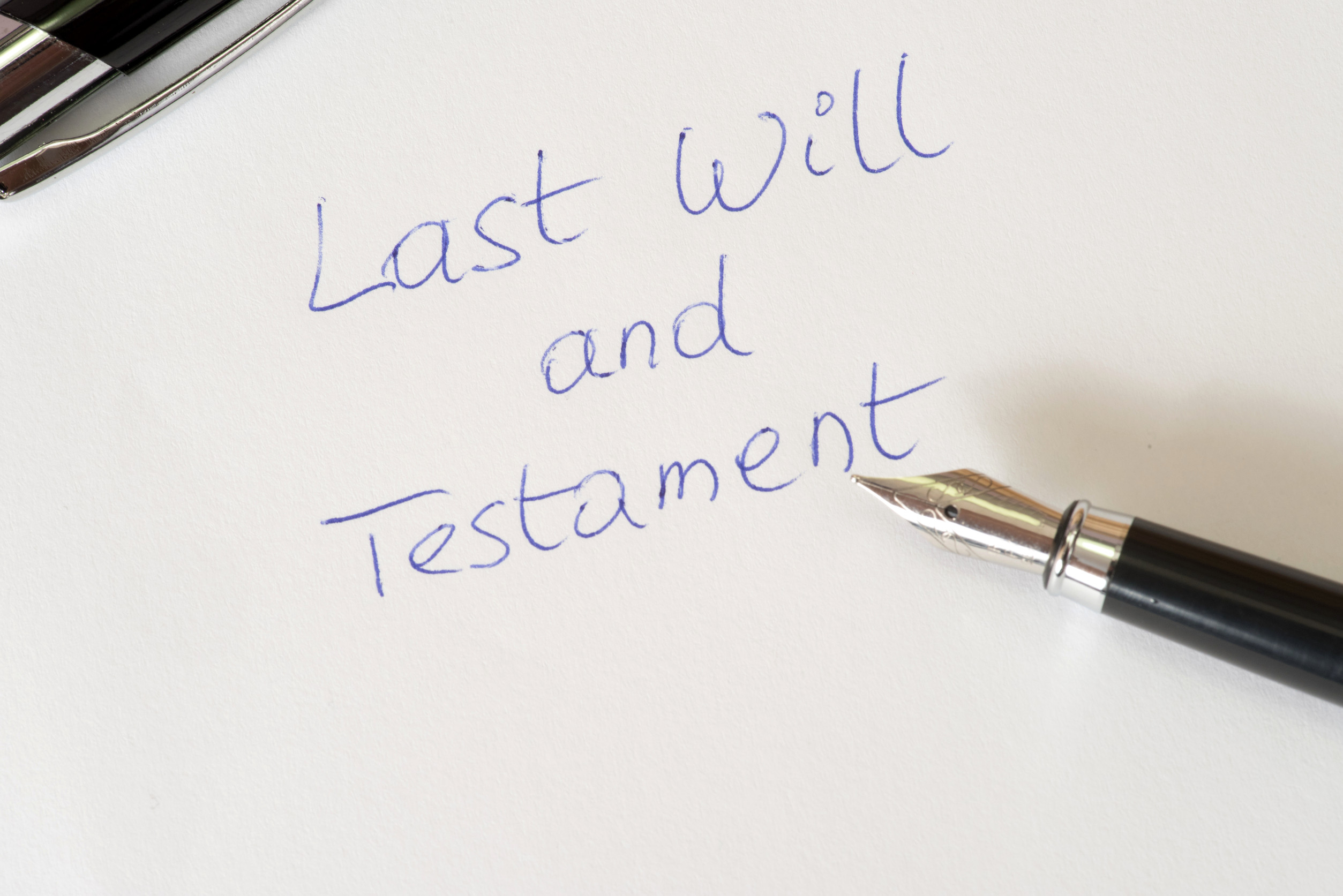
Image Source: unsplash.com
Baby boomers, who control over $70 trillion in wealth, are changing traditional inheritance patterns, directly impacting younger generations. Many choose to spend their hard-earned money rather than preserve it for heirs, creating what financial experts call the “great wealth transfer disruption.” Understanding these shifting patterns can help you prepare financially, manage expectations, and navigate potential family conflicts. Whether you’re a boomer redefining your legacy or an heir adjusting expectations, this changing landscape requires new approaches to inheritance planning.
1. The “SKI” Phenomenon: Spending the Kids’ Inheritance
Baby boomers increasingly embrace the “SKI” philosophy—Spending the Kids’ Inheritance—as they prioritize their retirement experiences over wealth preservation. Many have worked decades to build their nest eggs and now feel entitled to enjoy the fruits of their labor through travel, hobbies, and lifestyle upgrades. This shift represents a significant departure from previous generations who often lived frugally to maximize what they could pass down to children. Financial advisors report seeing clients specifically earmark funds for experiences rather than inheritance, with some even proudly displaying “SKI Club” bumper stickers on their RVs. The trend is supported by research showing that 53% of baby boomers consider leaving an inheritance “not important,” according to ABC News.
2. Rising Healthcare Costs Depleting Potential Inheritances
Long-term care expenses consume wealth that might otherwise have been passed to the next generation. The average annual cost of nursing home care now exceeds $100,000, potentially depleting even substantial savings over an extended period. Many boomers find themselves caught between inadequate long-term care insurance coverage and ineligibility for Medicaid, forcing them to spend down assets that would otherwise become inheritance. This healthcare spending reality has created what economists call “involuntary disinheritance,” where even boomers who intended to leave substantial legacies find themselves unable to do so. The financial impact is significant, with the average boomer expected to spend approximately $142,000 on long-term care in their lifetime, according to Georgetown University’s Health Policy Institute.
3. Changing Family Structures Reshaping Inheritance Distribution
Blended families, multiple marriages, and non-traditional relationships complicate how baby boomers distribute their wealth. Step-children, half-siblings, and chosen family members now frequently appear in estate plans alongside biological children, diluting individual inheritance amounts. Many boomers are creating more complex estate structures with specific conditions and varying distribution amounts based on relationships rather than equal divisions. These evolving family dynamics often lead to inheritance disputes, with contested wills involving blended families increasing by 43% over the past decade. Estate planning attorneys report that boomers with blended families typically spend 60% more time on inheritance planning to navigate these complex relationships.
4. Early Inheritance Gifts Replacing Traditional Bequests
Many baby boomers opt to distribute wealth during their lifetimes rather than after death, fundamentally changing the inheritance timeline. This approach allows them to witness the impact of their financial gifts and potentially reduce estate taxes through strategic annual giving. Early inheritance distributions often target specific needs like education, home down payments, or business startups rather than lump-sum bequests. Financial planners note that lifetime giving typically results in more thoughtful wealth transfers with clearer purposes and expectations. The trend is significant, with 65% of wealthy boomers reporting they prefer giving while living to traditional inheritance models, according to a Merrill Lynch survey.
5. Charitable Giving Redirecting Traditional Family Inheritances
Baby boomers are increasingly directing substantial portions of their estates to charitable causes rather than exclusively to family members. Many establish donor-advised funds, charitable trusts, or foundation structures to create lasting philanthropic legacies beyond their families. This charitable focus often reflects boomers’ desires to address societal issues they’ve witnessed throughout their lives, from climate change to social inequality. The redirection of wealth to charitable causes represents billions in potential inheritance that won’t reach family members. Research indicates that baby boomers plan to leave approximately $6.3 trillion to charity, substantially reducing what younger generations might otherwise inherit.
Preparing for the New Inheritance Reality
The changing inheritance landscape requires both baby boomers and potential heirs to adjust their financial planning and expectations. Open family discussions about inheritance intentions can prevent misunderstandings and allow younger generations to prepare financially for potentially reduced inheritances. Financial advisors recommend that younger generations focus on building independent wealth rather than counting on substantial inheritances that may not materialize. Estate planning professionals emphasize that clear communication about inheritance intentions—whether generous or limited—is the most valuable gift boomers can provide to their families. The most successful families navigate these changing patterns by focusing on transferring values and financial education alongside whatever monetary assets remain.
Have you had conversations with your parents or children about inheritance expectations? Share your experience in the comments below.
Read More
12 Crucial Money Lessons Baby Boomers Passed Down to Their Millennial Kids
10 Genius Wealth Transfer Hacks That’ll Make Your Heirs Thank You Forever

















